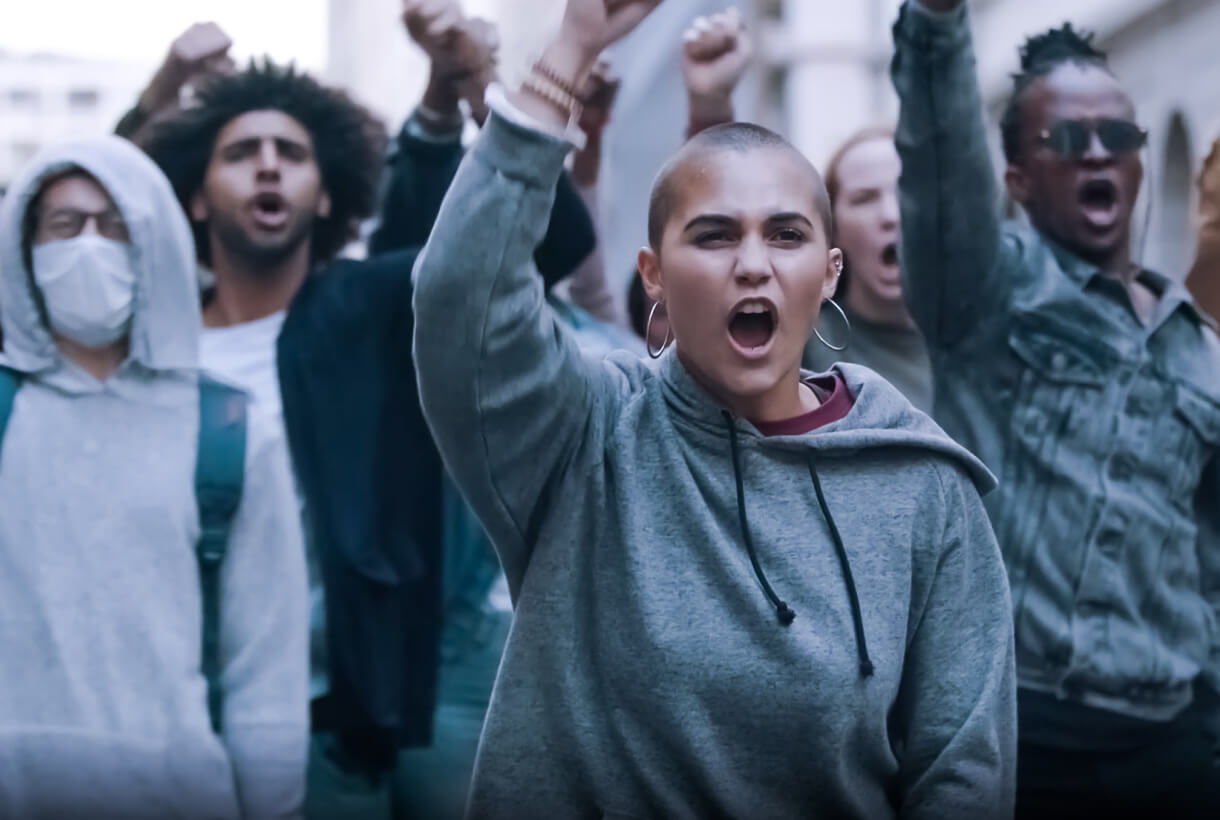Over the past two weeks, protests over the Gaza conflict have rocked college campuses across the country, raising questions in the public consciousness about civil rights, the rule of law and policy. For risk and security practitioners watching or directly managing risk from campus protests, we face difficult decisions managing the health and safety of employees, students and the public while also respecting the right to assembly, free speech and the gravity of the moment. Protests and rallies have been held on college campuses since the conflict in Gaza started in October 2023. More recently, protesters established small and large encampments at many college campuses. More than 50 universities have requested law enforcement intervention, and over 2,400 people have been arrested since late April.
Whether public or private, American institutions of higher education are expected to foster diverse thought, speech, political discourse and civil action. We also expect them to provide healthy, safe and secure spaces for learning, engagement and the exchange of ideas. When students protest, these two missions can often conflict, create friction, and escalate into untenable circumstances and extreme measures.
The OnSolve team has been actively monitoring protest activity on college campuses, including recent student protests across Western Europe. We’ve been in constant communication with our customers and have been supporting their crisis management and safety teams as they prepare, manage and recover from student protests related to the Gaza conflict.
Risk Events
- On April 17, 2024, protest encampments on college campuses began in earnest when students at Columbia University set up approximately fifty tents on campus, calling it the Gaza Solidarity Encampment.
- On April 26, 2024, faculty members at Emory University in Atlanta, Ga., were seen on camera being arrested by Atlanta police in riot gear. At least 28 individuals were arrested. In a widely shared video, the philosophy department chair was seen being handcuffed by police.
- On April 30, 2024, hundreds of NYC police entered Columbia’s campus at the request of the university president and dozens were arrested after protesters occupied an academic building.
- On April 30, 2024, police cleared a pro-Palestinian tent encampment at the University of Chicago after administrators, who had initially adopted a permissive approach, said the protest had crossed a line and caused growing concerns about safety.
- On May 1, 2024, police at the University of Arizona in Tucson fired “non-lethal” munitions at protesters and arrested four people to break up a protest camp on campus.
- On May 2, 2024, police arrested at least 132 pro-Palestine demonstrators at UCLA. Large police action was taken after counter-protesters “forcefully attacked” a pro-Palestinian encampment on campus.
- On or around May 1, 2024, police arrested hundreds of activists across Europe as they broke up camps at the University of Amsterdam, Berlin’s Free University and elsewhere. Students also have held protests or set up encampments in Finland, Denmark, Italy, Spain, France and the United Kingdom.
Mitigating Risk During Civil Unrest: A 360 Degree View
Gain a 360-degree view of civil unrest with OnSolve.
Implications for Risk Managers
How do I ensure health and safety standards are maintained while respecting the importance of assembly, free speech, and civil discourse on my college campus? What special considerations are there for open campuses? How can I better prepare my team for future protests on our campus?
Four Ways to Manage Protests at Your Locations
- Accelerate discovery and be better prepared for protests with risk intelligence solutions. Leverage risk intelligence to monitor sources of information and proactively identify planned protests. With advance notice that students planned to set up protest encampments, campus officials may have acted differently and would have had more time to implement measures to ensure civil action is conducted in a safe, healthy and orderly fashion. After learning about student plans to occupy the campus at University of Texas, officials communicated a policy prohibiting encampments. The university president later told the press that, “the group that led this protest stated it was going to violate Institutional Rules. Our rules matter, and they will be enforced. Our University will not be occupied.”
- Be the source of ground truth for your organization. As the situation evolves, escalates or shifts with dynamic risk, it’s important to have the ground truth to advise leadership and safety partners as they make faster, better-informed decisions. Following police action at Emory, the university president told the press that “we determined that the individuals who constructed the encampment on our Quad were not members of our community. It is clear to us now that this information was not fully accurate, and I apologize for that mischaracterization.”
- Communicate clearly and comprehensively in a crisis. During any crisis, but particularly during a complex event like student protests, it’s important to communicate information and direction in a clear, comprehensive, and effective manner. Multi-modal mass notification is key, as well as establishing communication protocols based on the situation. UCLA officials hoped to return students to class following police action on May 2. However, demonstrations and arrests on May 6 resulted in classes being moved back online. An alert went out that morning, “operations limited today 5/6. All classes moving remote today due to ongoing disruptions.”
- Exercise resilience and preparedness with protest-focused tabletop exercises. Many risk and security leaders have experience exercising their crisis management plans but for many others these plans either don’t exist or collect dust on an office shelf somewhere. Now is a great time to revisit these plans and add a protest policy along with it. A well-designed tabletop simulation can properly test these plans, guide revisions and amendments to the plan and identify opportunities to improve organizational resilience during a protest.
The mission can feel daunting and the path forward unclear. If you’d like to continue this discussion, provide feedback, or are looking for assistance, OnSolve is here to help.
(Information cut-off date 1000 PT, May 9, 2024)


